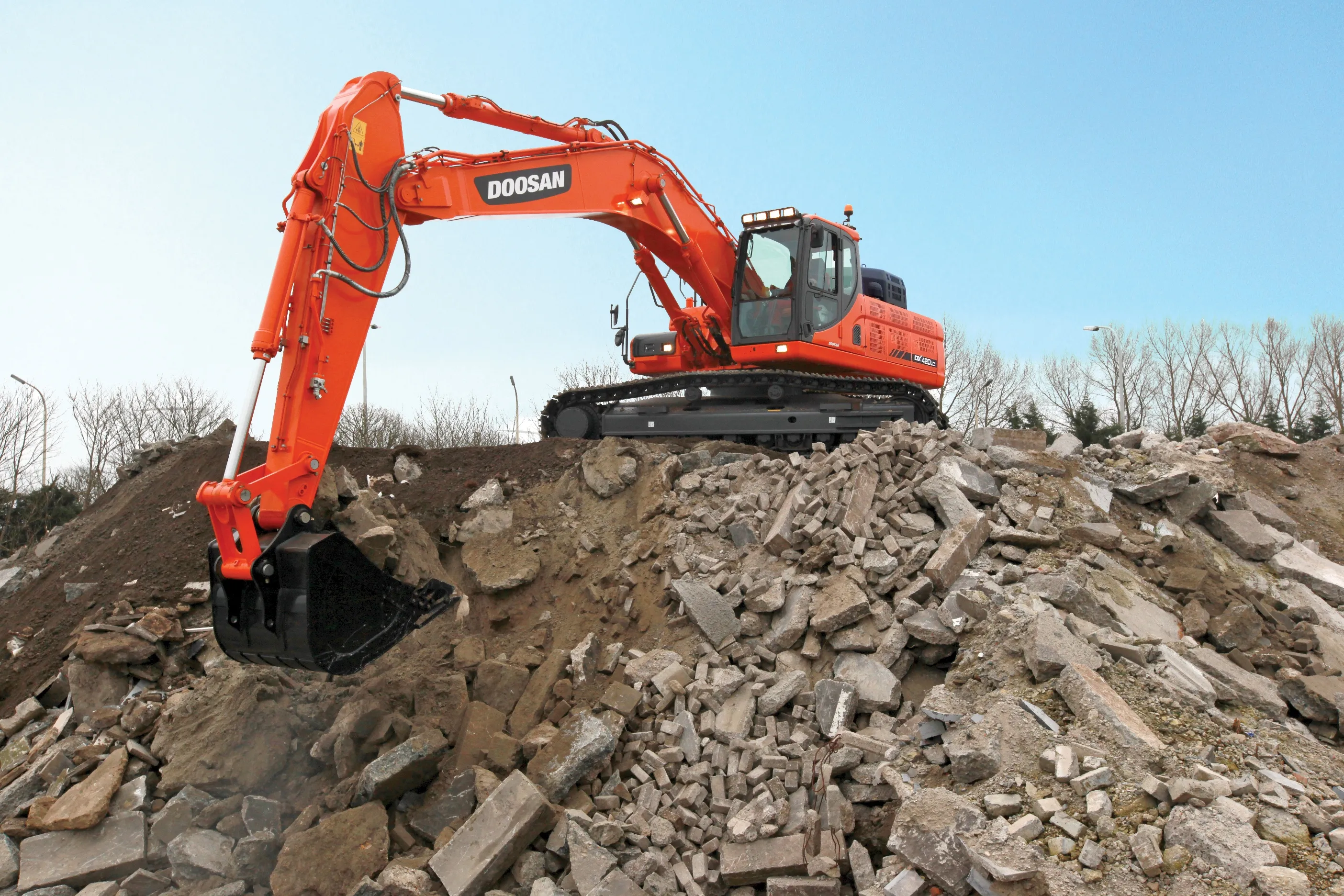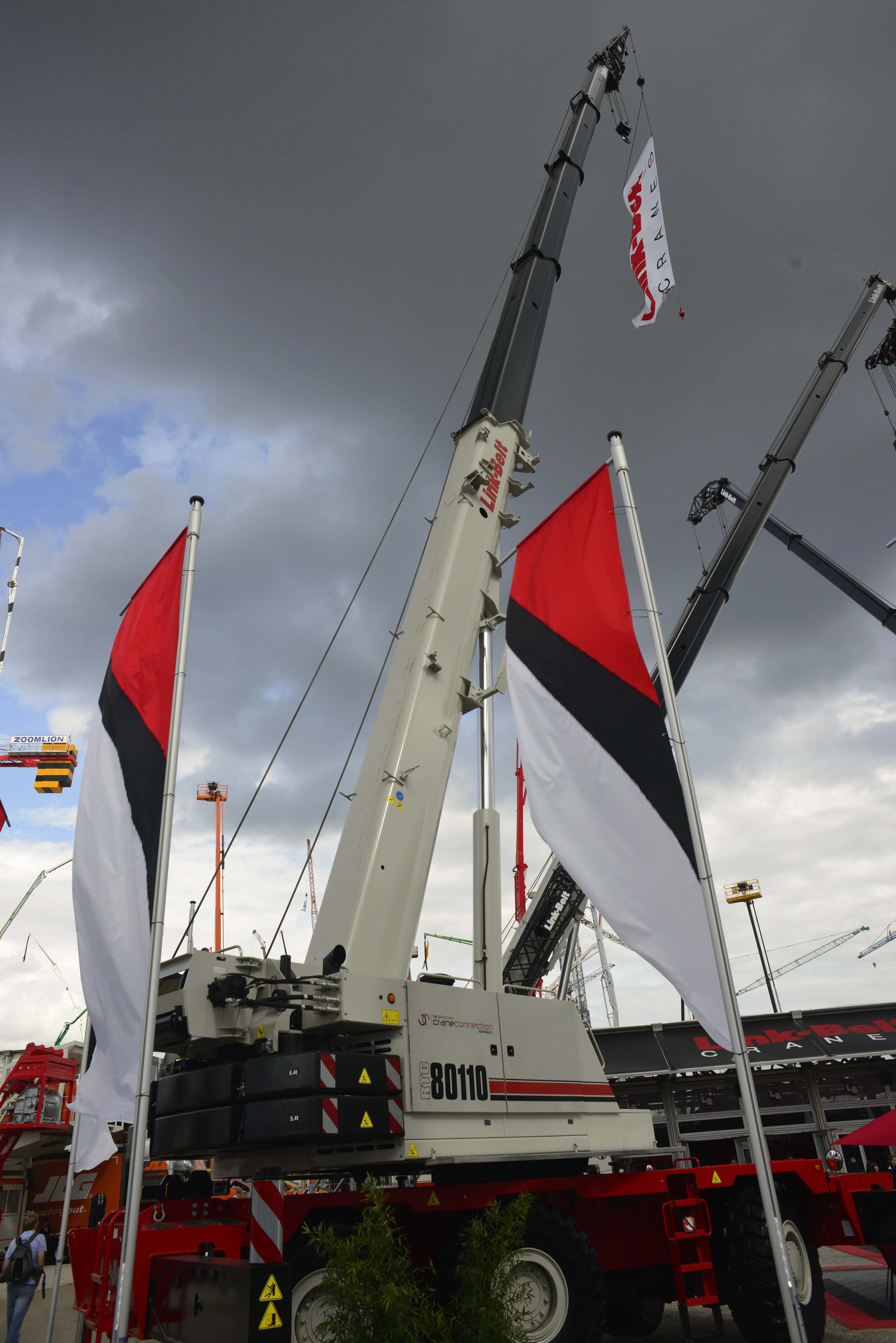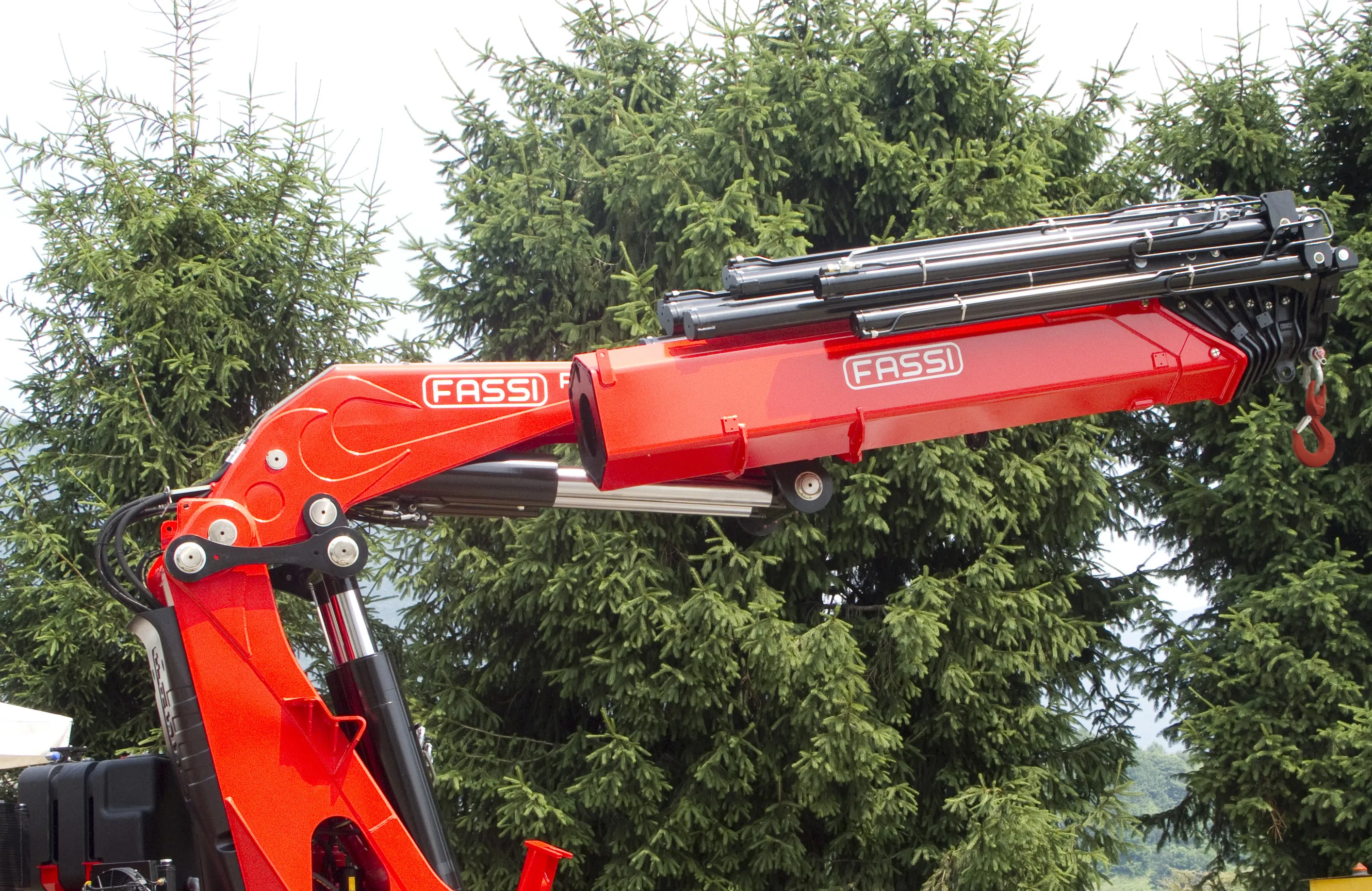A second movable scaffold system (MSS) is on its way from China to the UK town of Halton, as part of the
The machine will be used to build the south elevated approach viaduct that will connect the main road network in the town of Runcorn to the Mersey Gateway Bridge, now under construction.
The new MSS, due to arrive next month, is the same specification as Trinity, the first MSS machine that is building the north approach viaduct in the town of Widnes. Halton schools have been invited to take part in a competition to name the second machine, which will start work on the south approach viaduct in September.
When fully assembled, the latest MSS will measure 157m long - the length of around one and a half football pitches - 8m high and 22m across at its widest point. And at 1,700tonnes, the steel structure will weigh the equivalent of 140 double decker buses.
No UK company has the capacity to design, build and operate a machine of this specification so Merseylink has had them built in China.
Workers will begin to assemble the MSS on site at Astmoor, a suburb of Runcorn, in the summer. It will be erected around the first pier of the approach viaduct, about 12.5m above the ground.
Construction joint venture Merseylink decided to deploy an additional MSS machine to save valuable time dismantling, then transporting and reassembling Trinity on the south side of the river.
Work started on site in May 2014 to build the six-lane toll bridge that is scheduled to open in the autumn of 2017. As well as construction of the bridge, works include upgrading 7km of highway to the north and south of the river - the main bridge is 2.2km long – and changing traffic flow so the majority of traffic uses the new bridge.
The reinforced concrete deck span was revealed when Trinity moved to its second casting position. It was the first of 11 spans that will eventually be cast by the MSS for the deck of the elevated approach viaduct on the north side of the River Mersey.
The span connects the beginning of the approach viaduct from the north abutment in Widnes to the first supporting pier. It measures around 60m long and 18m wide and is angled at 5 degrees to allow vehicles to travel safely around the curve of the approach road.
“Bringing in another MSS will provide additional resilience and ensure that we remain on track to open the new bridge in autumn 2017," said Richard Walker, project director at Merseylink.
To read a World Highways report on Trinity, %$Linker:
Second giant moveable scaffolding system set for Mersey Gateway
A second movable scaffold system (MSS) is on its way from China to the UK town of Halton, as part of the Mersey Gateway Project, a toll bridge over the Mersey River in England. The machine will be used to build the south elevated approach viaduct that will connect the main road network in the town of Runcorn to the Mersey Gateway Bridge, now under construction.
May 4, 2016
Read time: 3 mins








